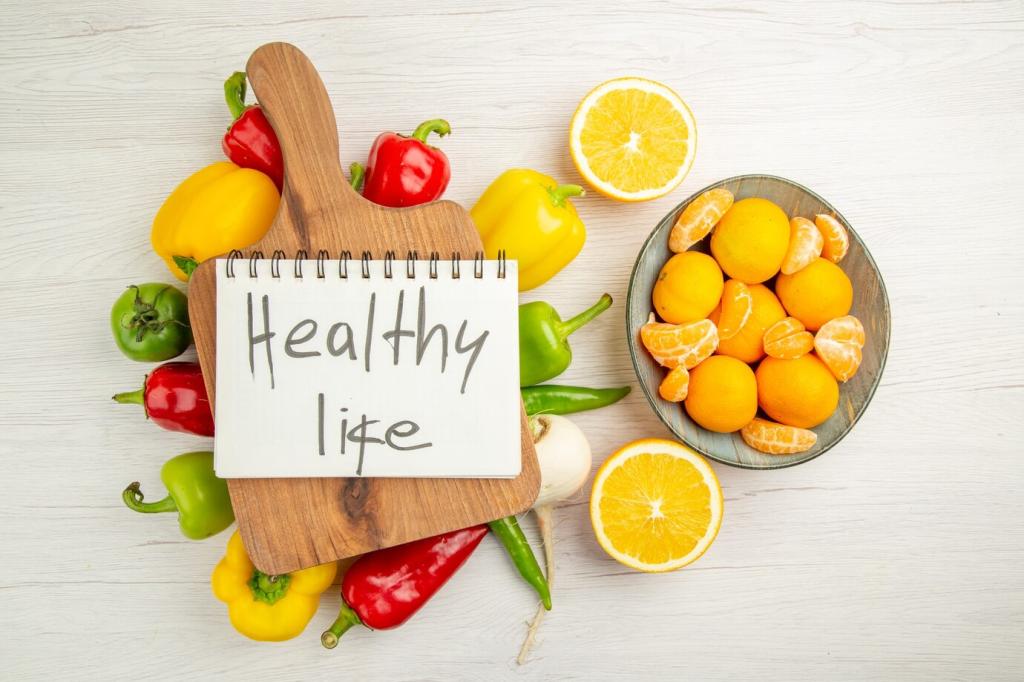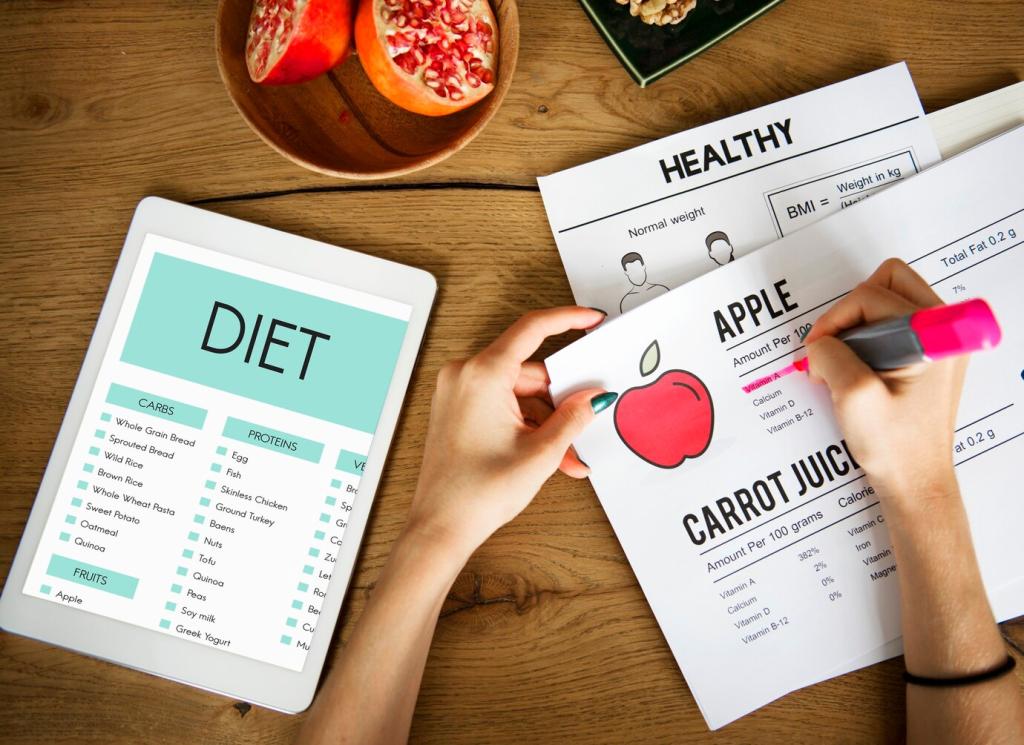Hydration Tips for Athletes: Fuel Your Performance with Every Sip
Chosen theme: Hydration Tips for Athletes. Whether you’re sprinting at dawn, grinding through intervals, or chasing a finish line, smart hydration turns effort into results. Here you’ll find science-backed guidance, relatable stories, and practical routines that keep you cool, clear-headed, and confident. Dive in, share your experiences, and subscribe for weekly performance insights.

Why Hydration Matters More Than You Think
Losing as little as two percent of body mass through sweat can raise heart rate, increase perceived effort, and slow your pace. Muscles receive less efficient blood flow, decision-making dulls, and coordination slips. Protecting those precious ounces can safeguard your speed, mood, and post-workout recovery.
Pre-Workout Hydration: Start Topped Up
Morning Reboot After Sleep
Overnight, you exhale and sweat fluid without noticing. Start your day with 300–500 milliliters of water, adding a pinch of salt or an electrolyte tab if it’s hot or you’re a salty sweater. Coffee counts modestly, but balance it with water for a smooth, steady start.
Timing and Amounts That Work
As a general guide, sip 5–7 milliliters per kilogram about three to four hours pre-session. If urine stays dark or sweat losses will be heavy, add another 3–5 milliliters per kilogram one to two hours out. Keep a bottle nearby and check that urine color trends pale yellow.
Carbs, Sodium, and Faster Absorption
A lightly flavored drink with a small carbohydrate dose and sodium can speed stomach emptying and support early energy. Aim for a 2–6% carbohydrate solution, and include sodium if conditions are hot. Test flavors in training so race day sips feel familiar and easy to tolerate.

This is the heading
Lorem ipsum dolor sit amet, consectetur adipiscing elit. Ut elit tellus, luctus nec ullamcorper mattis, pulvinar dapibus leo.

This is the heading
Lorem ipsum dolor sit amet, consectetur adipiscing elit. Ut elit tellus, luctus nec ullamcorper mattis, pulvinar dapibus leo.
Post-Workout Rehydration and Recovery
01
The 150% Rule
If you finish one kilogram lighter, aim to drink roughly 1.5 liters over the next two to four hours, including sodium to help retain fluid. Spread intake in steady sips, and pair with a meal to support glycogen replenishment and recovery without overwhelming your stomach.
02
Hydrating Foods That Pull Double Duty
Soups, milk, yogurt, fruit, and smoothies contribute fluid, electrolytes, and carbohydrates. Chocolate milk supplies protein plus carbs; watermelon and oranges refresh while adding potassium. Build a quick, tasty post-session snack that hydrates and nourishes without fuss or kitchen heroics.
03
Make It a Habit You Don’t Skip
Set a recurring reminder for your first recovery drink and snack. Keep a chilled bottle ready in the fridge, and stash salt or electrolytes where you’ll see them. Share your favorite recovery combo below to inspire a teammate’s next great session.
Endurance in the Heat
Marathoners, triathletes, and cyclists often face long, hot hours with limited shade. Plan hourly fluid and sodium targets, pre-freeze bottles, and use ice in hats or jerseys. Practice taking on fluids at pace so race-day sips feel smooth and second nature.
Stop-and-Go Team Sports
Soccer, basketball, and hockey mix bursts of intensity with breaks. Use timeouts and halftime to catch up on fluids and electrolytes, and pre-position bottles where you’ll grab them. A clear plan prevents panic sipping and post-game headaches or cramps.
Altitude, Cold, and Dry Air
Cold suppresses thirst, while altitude increases respiration and fluid loss. Don’t wait for thirst; set a sip schedule and add electrolytes to encourage retention. Use insulated bottles to prevent freezing, and warm broths post-session to restore comfort and balance.

Avoiding Dehydration and Hyponatremia
Dry mouth, dizziness, cramps, elevated heart rate, dark urine, and a heavy feeling can signal dehydration. Slow down, cool off, and take small, steady sips with electrolytes. Reassess your plan for heat, pace, and fueling in future sessions.
Overdrinking plain water can dilute blood sodium, causing swelling, nausea, confusion, or worse. Drink to a plan informed by sweat rate, include sodium for long or hot sessions, and avoid forcing fluids beyond comfort or need.
Track body mass change, watch urine color (aim pale yellow), and note mental clarity during efforts. If numbers drift or you feel off, adjust volume or sodium. Comment with your best quick-check routine so others can refine theirs too.
Build Your Personal Hydration Plan
Weigh yourself nude pre- and post-session, track fluids consumed, and note conditions. Convert body mass change into liters lost, then set a realistic hourly replacement range. Re-test across temperatures to refine your targets and gain confidence before race day.
Build Your Personal Hydration Plan
Gradually increase fluid and electrolyte intake during key workouts so your stomach adapts. Choose flavors you enjoy when hot, and practice with race bottles and cups. Consistency in training transforms hydration from guesswork into dependable, comfortable routine.

